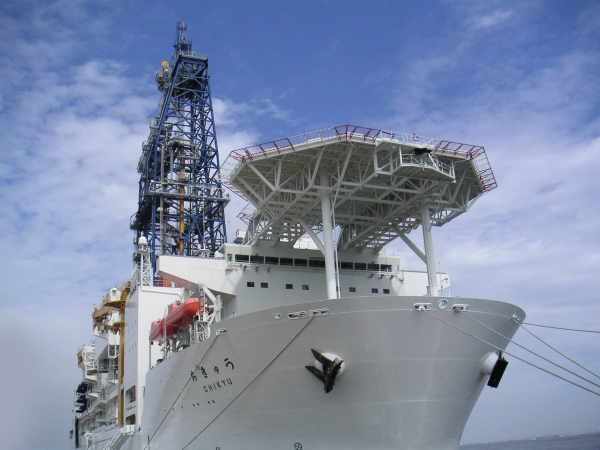Scientists who drilled deeper into an undersea earthquake fault than ever before have found that the tectonic stress in Japan’s Nankai subduction zone is less than expected, according to a study from researchers at The University of Texas at Austin and University of Washington.
The findings, published in the journal Geology, are a puzzle because the fault produces a great earthquake almost every century and was thought to be building for another big one.
“This is the heart of the subduction zone, right above where the fault is locked, where the expectation was that the system should be storing energy between earthquakes,” said Demian Saffer, director of the University of Texas Institute for Geophysics (UTIG) who co-led the research and scientific mission that drilled the fault. “It changes the way we’re thinking about stress in these systems.”
Although the Nankai fault has been stuck for decades, the study shows that it is not yet showing major signs of pent-up tectonic stress. According to Saffer, that doesn’t alter the long-term outlook for the fault, which last ruptured in 1946 – when it caused a tsunami that killed thousands – and is expected to do so again during the next 50 years.
Read more at University of Texas at Austin
Photo Credit: Gleam via Wikimedia Commons


